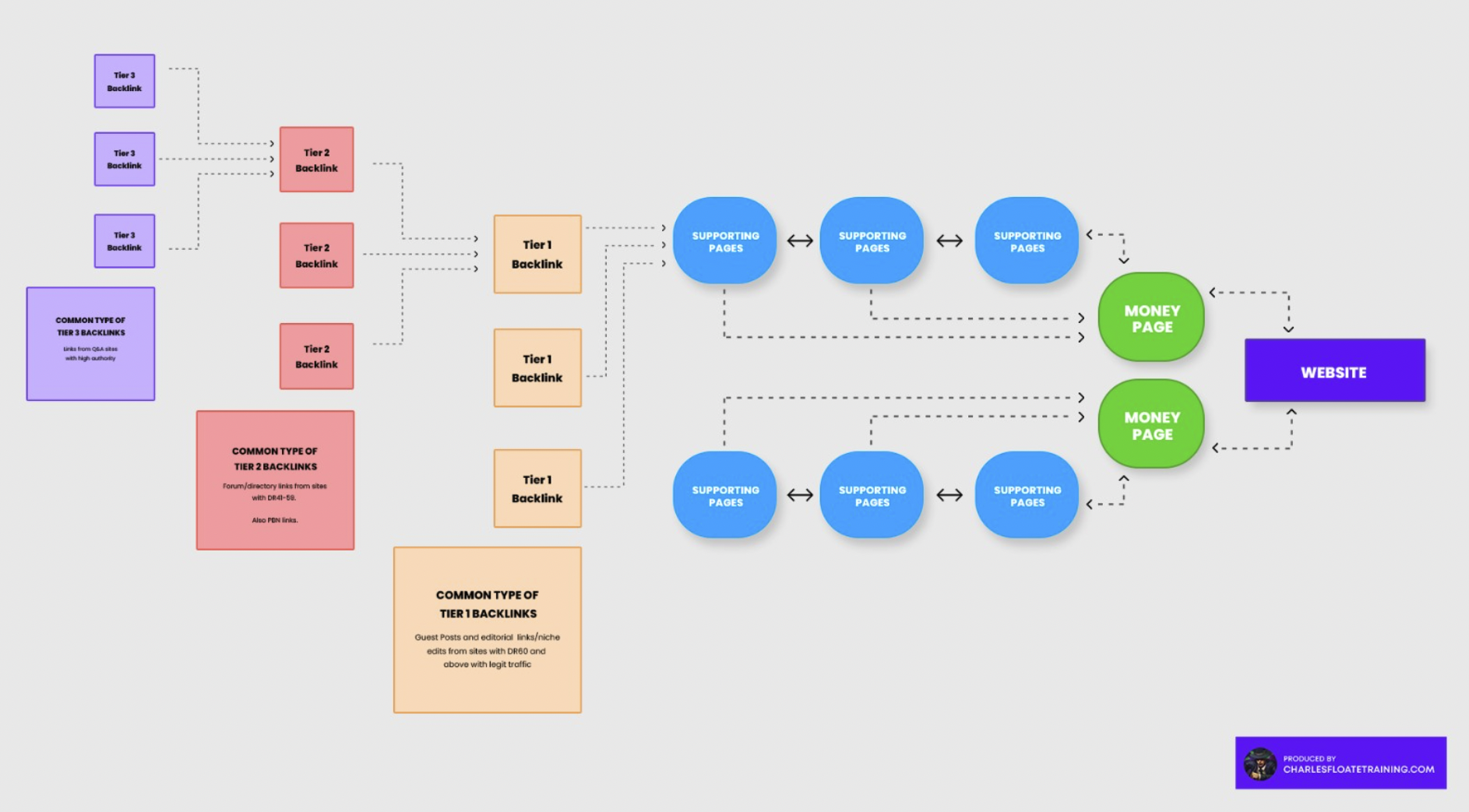SEO can be low-hanging fruit for e-commerce websites. And the first step, before keyword research and content creation, is structuring your store in the right way.
We’ll go through the basics.
Table of Contents
Categories
Depending on how people search for products in your niche, you’ll need to create different categories.
Clothing stores may want to target materials, colors, and product types.
A store selling plants will opt for seasonality, level of sunlight, and so on.
Simple vs configurable products
Depending on how many products you have, you’ll choose between:
Each simple product creates its own URL
Each URL would be differentiated by the attributes of the products. This option is better for stores with a limited number of products and allows for the targeting of long-tail keywords. Example: hats (/hats) -> cowboy hats (/cowboy-hats) -> black cowboy hats (/black-cowboy-hats). Keywords in the URL is an important Google ranking factor.
Configurable products live on a single URL
The product attributes would live on that same URL. This works if you have a broad product range. It prevents search engine crawler issues caused by a large number of URLs.
Other types of pages worth creating
Pages for your products USP
These pages would give customers more information about your brand as well as create more relevance for other queries.
Target brand terms
Products FAQs, how-to guides, size guides. Your customers might be searching for your brand to get more information about your product. Don’t sleep on the queries, as your target customer is looking for them.
Supporting content
Be proactive. Blogs are still a great way to get information out there. Think about situations and problems your potential customers may have by knowing your product and provide resolutions via written or video content. Think about why customers would want your product and target each of those niches through content and ads.
Global navigation should contain links to the key areas of the website
Just be sure to avoid linking to every category and subcategory.
Giving too many choices to customers makes it hard for them to decide.
It leads to overload and makes people more likely to do nothing. In addition, it gives search engines no information about the relative importance of pages.
SEO requires time, but it can bring fantastic results when done right.
Advanced SEO for E-Commerce
For an advanced concept of SEO for “money pages” (where you sell something), here is an advanced look at supporting pages (informational pages about the product or service) that are linked together, and the types of links (“tiers”) sent to them.



